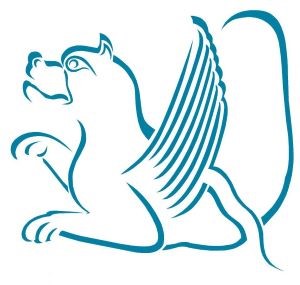#smrgSAHAF Ipek: Imperial Ottoman Silks and Velvets - 2001

This book is the result of an international research project under - taken over a number of years. It is the first major study of Ottoman textiles to attempt a classification of the key technical and decorative categories, and is also the first to offer a catalogue of dateable textiles. The authors not only draw on the famous collections of the Topkapı Palace in Istanbul and other major museums around the world, but have rediscovered many lesser - known fabrics in ecclesiastical treasuries in Russia and Central Europe. New research in the Ottoman archives has shed documentary light on the legislation of silk production, and on the competing industries of Bursa and Istanbul.
Examples of the three weaves favoured by the Ottomans, seraser (cloth of gold and silver), kadife (velvet) and kemha (a type of brocaded fabric) are illustrated in full - page colour illustrations, and black - and - white figures of many of the key design groups demonstrate the creativity of Ottoman weavers.
This book is the result of an international research project under - taken over a number of years. It is the first major study of Ottoman textiles to attempt a classification of the key technical and decorative categories, and is also the first to offer a catalogue of dateable textiles. The authors not only draw on the famous collections of the Topkapı Palace in Istanbul and other major museums around the world, but have rediscovered many lesser - known fabrics in ecclesiastical treasuries in Russia and Central Europe. New research in the Ottoman archives has shed documentary light on the legislation of silk production, and on the competing industries of Bursa and Istanbul.
Examples of the three weaves favoured by the Ottomans, seraser (cloth of gold and silver), kadife (velvet) and kemha (a type of brocaded fabric) are illustrated in full - page colour illustrations, and black - and - white figures of many of the key design groups demonstrate the creativity of Ottoman weavers.
























